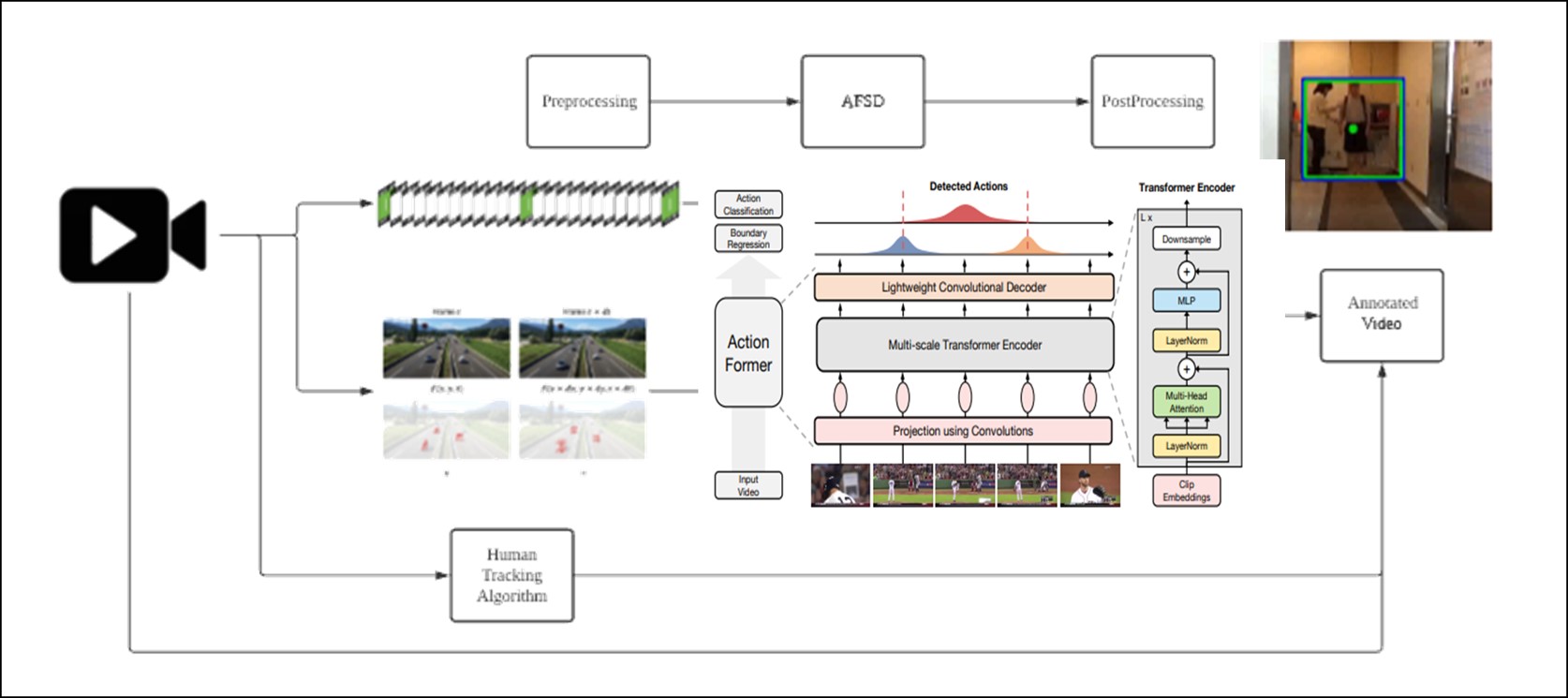Temporal segmentation of freezing of gait using AFSD algorithm on RGB and walkway pressure data
Research & Innovation
Temporal segmentation of freezing of gait using AFSD algorithm on RGB and walkway pressure data
Motor symptoms such as slow movements and frozen steps, and non-motor symptoms such as fatigue, sleep disturbance, depression, and anxiety are common clinical symptoms of Parkinson's patients. Stiffness of steps is common in patients with advanced Parkinson's disease, which has a great impact on the patient's pace and balance, and further affects the patient's subjective quality of life and independence of independent life. At present, laboratory measurements, clinical observations and questionnaires are often used clinically to evaluate the freezing pace of Parkinson's patients. The new version of the frozen stride questionnaire has been widely used in clinical practice. It is a short time-consuming, easy-to-use evaluation tool that can improve patients' cognition of frozen stride. Reliability and validity studies in patients with Kinson's disease have not yet been established.
In view of the above-mentioned deficiencies of the cognitive assessment tools for frozen pace, the team developed the intelligent auxiliary diagnosis system for frozen pace (hereinafter referred to as this product).
The key innovation here is to use a general camera to shoot a video of the subject walking in a straight line, decompose the video captured by the general camera into frames, and then input a sequence of frames into this product to determine the freezing of the steps in the video. frame and its position on the image.
This product can assist clinicians in judging the time period and frequency of freezing steps and accelerate the clinician's clinical diagnosis


